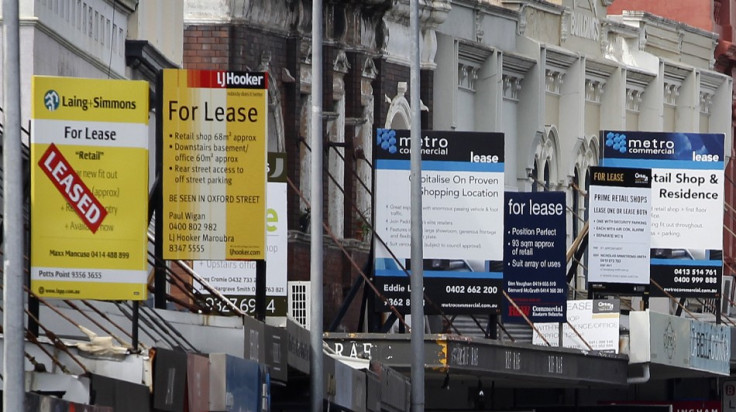UK Back In Recession As GDP Shrinks 0.2% In First Quarter

Britain's economy contracted by 0.2 percent in the first quarter of 2012, plunging the country back into recession, according to the preliminary estimate from the Office for National Statistics (ONS).
This is the second quarterly contraction after a 0.3 percent drawback in the last quarter of 2011, meeting the technical definition of a recession.
It is the first double-dip recession in 30 years.
The UK economy was held back by very poor activity in the construction sector, as output decreased by 3.0 percent in Q1 2012, following a decrease of 0.2 percent in the previous quarter.
Domestic economic woes, weakening global markets and the ongoing euro zone debt crisis are all hindering a UK recovery.
"It's a very tough economic situation," Chancellor George Osborne said in a statement.
"It's taking longer than anyone hoped to recover from the biggest debt crisis of our lifetime."
Ahead of the GDP figures, the pound sterling was up to a seven-and-a-half month high against the dollar, at $1.6172.
Recent economic data suggested that the UK economy was picking up.
PMI data for the first quarter showed that the UK's service sector, which accounts for around three quarters of the country's GDP, grew at its fastest rate in two years.
Manufacturing sector activity hit a 10-month high.
"The news that the UK economy has re-entered a technical recession is extremely disappointing and is definitely a surprise given the broadly encouraging UK figures that have characterised the past couple of months," Richard Driver, an analyst for Caxton FX, said.
"It is the same old story of the services sector propping up UK growth and the manufacturing and construction sectors failing to contribute.
"The light at the end of the tunnel is that the UK economy should pick up in the second half of the year, assuming the Olympics delivers the boost to growth that is expected."
There were also signs of life in the retail sector, with retail sales volume growing by 1.8 percent on the month in March, the biggest monthly rise in over a year.
Retailers had been suffering as consumer confidence ebbed amid high inflation, high unemployment and increasing energy bills, coupled with stagnant wages, dampened consumers' outlook.
Inflation rose in March to 3.5 percent, up from 3.4 percent the previous month.
The Bank of England forecast that inflation would fall to the government's 2 percent target by the end of the year.
In May the Bank will decide on whether to expand its quantitative easing program, called the asset purchase facility, which it uses to buy up high-quality assets, such as gilts, to improve market liquidity.
The program's current target is £325bn, after two extensions on the original allotted £200bn, when it started in January 2009.
Osborne is relying heavily on the Bank to help get the UK economy moving through monetary stimulus in the absence of public spending, as the government pursues austerity measures in its attempt to cut the public purse's budget deficit.
The latest public spending data from the ONS showed that the government met its deficit reduction targets set by independent fiscal watchdog the Office for Budget Responsibility
The budget deficit hit £11.1bn in March, excluding the temporary effects of financial interventions.
Public borrowing went up in the same month, however, hitting £18.2bn in March, the highest for that month in two years and more than economists were forecasting.
This brought net public debt to £1.022tn -- equivalent to 66 percent of GDP.
© Copyright IBTimes 2025. All rights reserved.






















